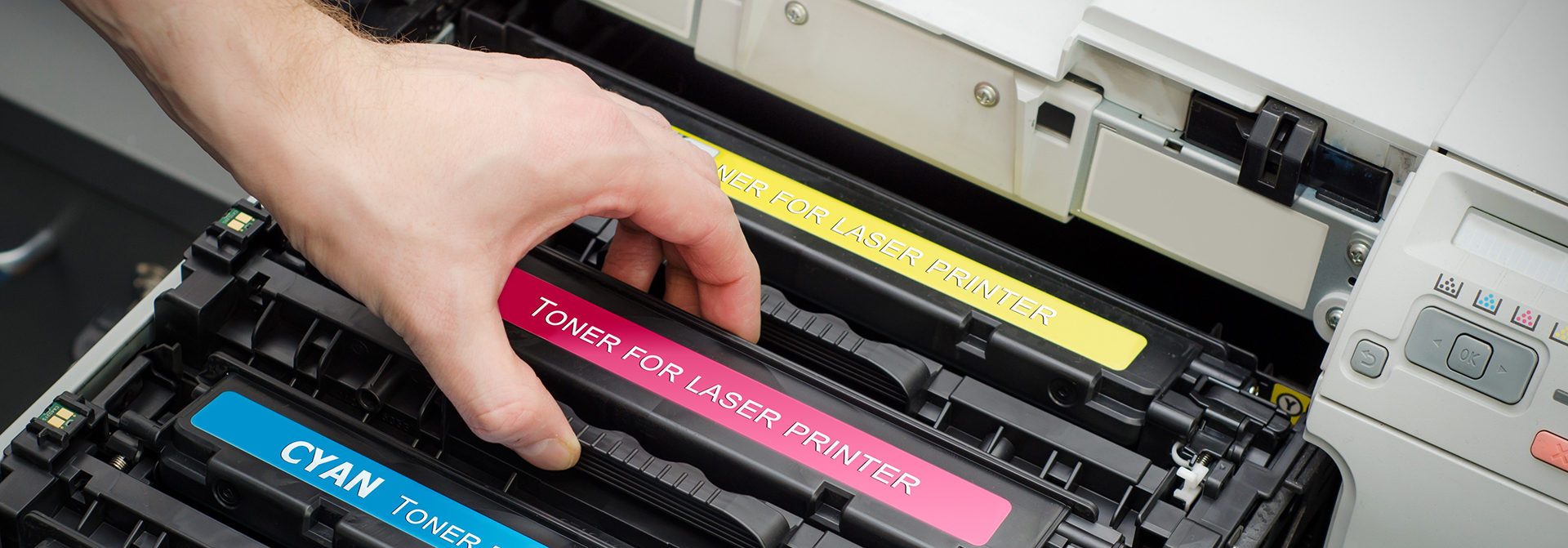CIG cartridges have such an impressive success rate because they are carefully remanufactured from OEM originals. CIG reuses the core of the OEM cartridge. This starting point allows us to repair the interior of the cartridge shell, bringing it back to like-new condition. Since the cartridge shell is the same, quality concerns center around the consumable materials remanufacturers use – it is almost never the cartridge itself that is faulty.
With NBC cartridges, the situation changes. Since NBC cartridges are designed to mimic OEM components at a far lower price point than OEMs charge, they necessarily suffer from poorer build quality in order to reinforce their advantageous price point.
Microchips and other technical components that are part of OEM and remanufactured cartridges are also subject to the same build quality concerns. An NBC cartridge manufacturer needs to reliably copy an existing OEM design with perfect precision without benefitting from the engineering resources, advanced toolsets, and economies of scale.
Simply put, there is no way to reliably create products that meet stringent quality standards without passing quality control costs onto the customer. Since NBC cartridge manufacturers cannot raise their prices without giving up a key advantage, they must choose to forego quality control and simply hope that enough cartridges function correctly to make the defective and non-functioning ones appear like statistical flukes.
A recent report from HP compares remanufactured cartridges to compatible cartridges, finding that they contribute substantially to the amount of preventable waste organizations produce and produce lower quality prints. Even HP agrees that remanufactured cartridges offer superior value when compared to new builds.
Although newly built compatible cartridges have rock-bottom prices, grave quality oversights prevent them from sharing the stellar reputation that CIG remanufactured cartridges enjoy.

